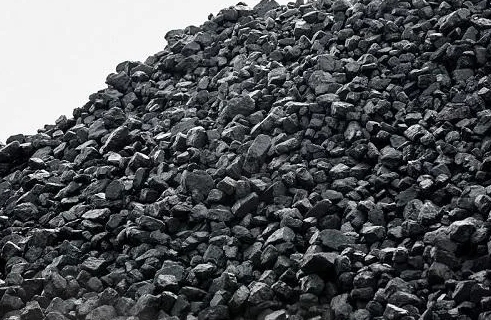
Anthracite Coal is an excellent, high-energy fuel that produces little smoke and delivers a lot of energy per unit weight. In most cases, anthracite coal is burned on hand-fired stoves and automatic stoker fireplaces. Also, it can be used to create charcoal briquettes. Carbon brushes are made from this raw material and used for cleaning surfaces, such as motors, appliances and spark plugs. It can also be used to make electrolytically conductive Graphene, which is highly electrically conductible.
Anthracite coal can be produced as flakes or granules in various sizes. Granules of anthracite carbon can be processed in a number of ways. They may undergo calcination or aerosol spraying, or they could be calcined under an atmosphere of air or nitrogen to get the particle size or surface properties desired. These granules may be mixed with other materials such as resin binders, metal powders and iron sulphides. They can also include mineral fibres and coke. To improve their abrasion-resistance, the granules could be coated with an adhesive and/or additives. Examples include antimony, trisulphide of copper, barium and sulphate.

This article examines the effects of adding anthracite to granular pitch carbon composites. Three pitch types (commercial impregnating, air-blown and thermally treated) have been combined with different amounts of anthracite for the production of carbon composites that can be used as friction materials in disc brakes. Anthracite add-ons promote stability and lower friction coefficients.
CVD treatments of anthracite particles increase the crystallinity and springback of graphite. A higher level of crystallinity is a good way to improve lubrication as well as the stability of the friction coefficient. It also allows better thermal conductivity and heat dissipation. When used in motor applications like electric power steering, the high spring back often results in low compressibility. This leads to high noise and vibration.
This research is a study of the possibility of using anthracite coal for producing electrolytically conductive graphene and its application in friction materials. Experimental investigations have shown that anthracite-coated granules are better at springing back than other types of granules. CVD is a treatment that allows tin or cupro to be added in high concentrations, without changing the structure of the granules. The graphene-coated surfaces have a high resistance to abrasion. The tribological tests and mechanical testing also showed that additives SiC produced the best results. The authors state that there are no competing financial relationships or personal relationships known to them that may appear as if they could influence this work.

Write a Message